Friday, July 1, 2022: An experimental moon exploration robot called Scout is being tested in the moon-like terrain of Italy’s Etna volcano.
The robot, developed by the German Aerospace Center (DLR) was built to navigate in areas that are difficult to access. In this video, it can be seen moving with confidence on the volcanic soil, which is similar in texture to lunar regolith. – Tereza Pultarova
Rocket Lab’s moonbound rocket leaves a stunning trail after launch
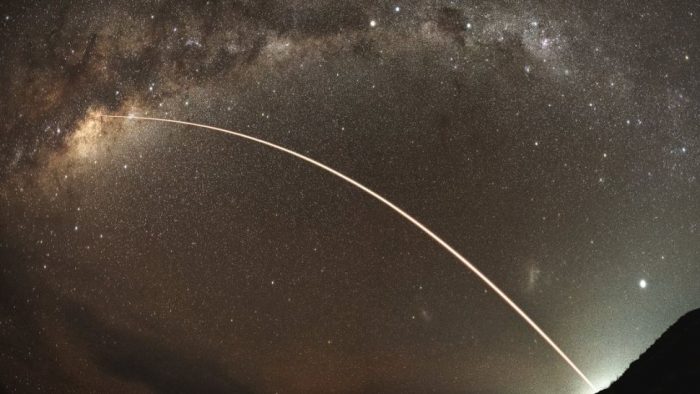
Thursday, June 30, 2022: RocketLab’s Electron rocket lifted off from New Zealand’s Māhia Peninsula on Tuesday (June 28) with a pioneering moon-bound satellite aboard, leaving a stunning trail in its wake.
The faintest ever asteroid observed by Very Large Telescope
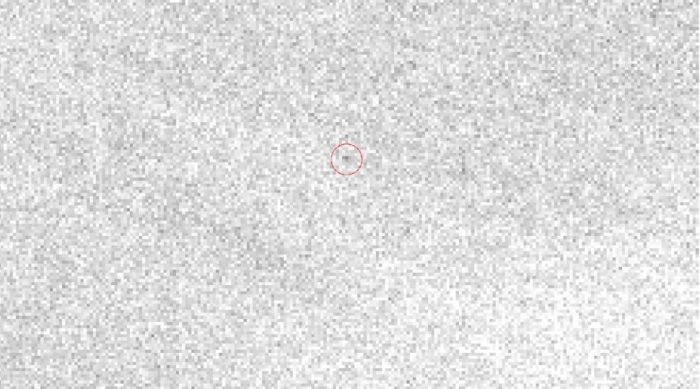
Wednesday, June 29, 2022: The Very Large Telescope in Chile managed to track an extremely faint asteroid to help rule out its projected collision with Earth.
The asteroid, dubbed 2021 QM1, was discovered in August last year. Initial observations indicated it was bound to slam into our planet in 2052. The asteroid then disappeared for several months in the glare of the sun as it approached the star. When it reemerged in the darker sky again, it was too far away for most ground-based telescopes to see. But the European Southern Observatory’s Very Large Telescope in Chile, one of the most powerful optical telescopes in the world, rose to the challenge and detected the asteroid when it had a magnitude of 27 (the sun, by far the brightest object in the sky, has a magnitude of minus 27). On top of that, astronomers had to find the super-faint space rock on the backdrop of the star-studded band of the Milky Way. The observations enabled astronomers to finetune the calculation of the space rock’s orbit and confirm it won’t hit Earth in the end. – Tereza Pultarova
Pioneering mission sends selfie home
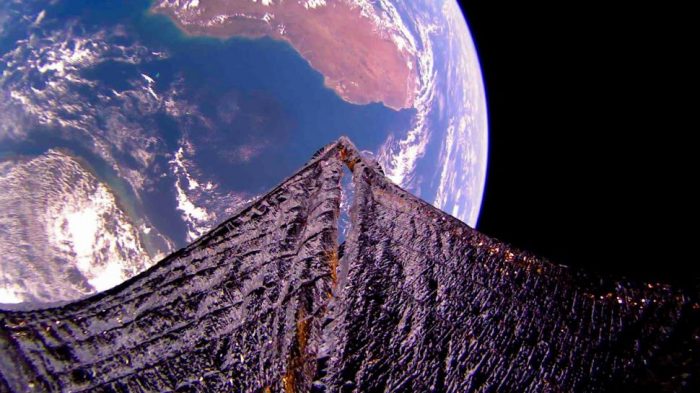
Friday, June 24, 2022: The solar-sailing spacecraft LightSail 2 has sent a selfie home as it completes its third year in orbit around Earth.
The mission is testing an innovative technology, which relies solely on the energy of the sun to stay afloat. However, the mission is fighting against an increasing atmospheric drag, which is a result of the intensifying activity of the sun, and will likely fall into the atmosphere within the next few months, the Planetary Society, which operates the mission, said in a statement.

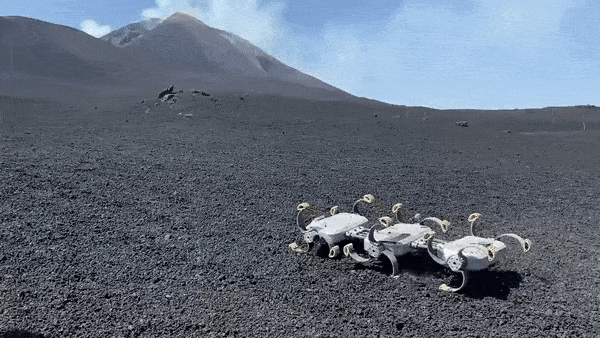
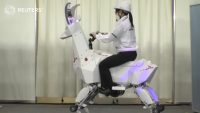

GIPHY App Key not set. Please check settings